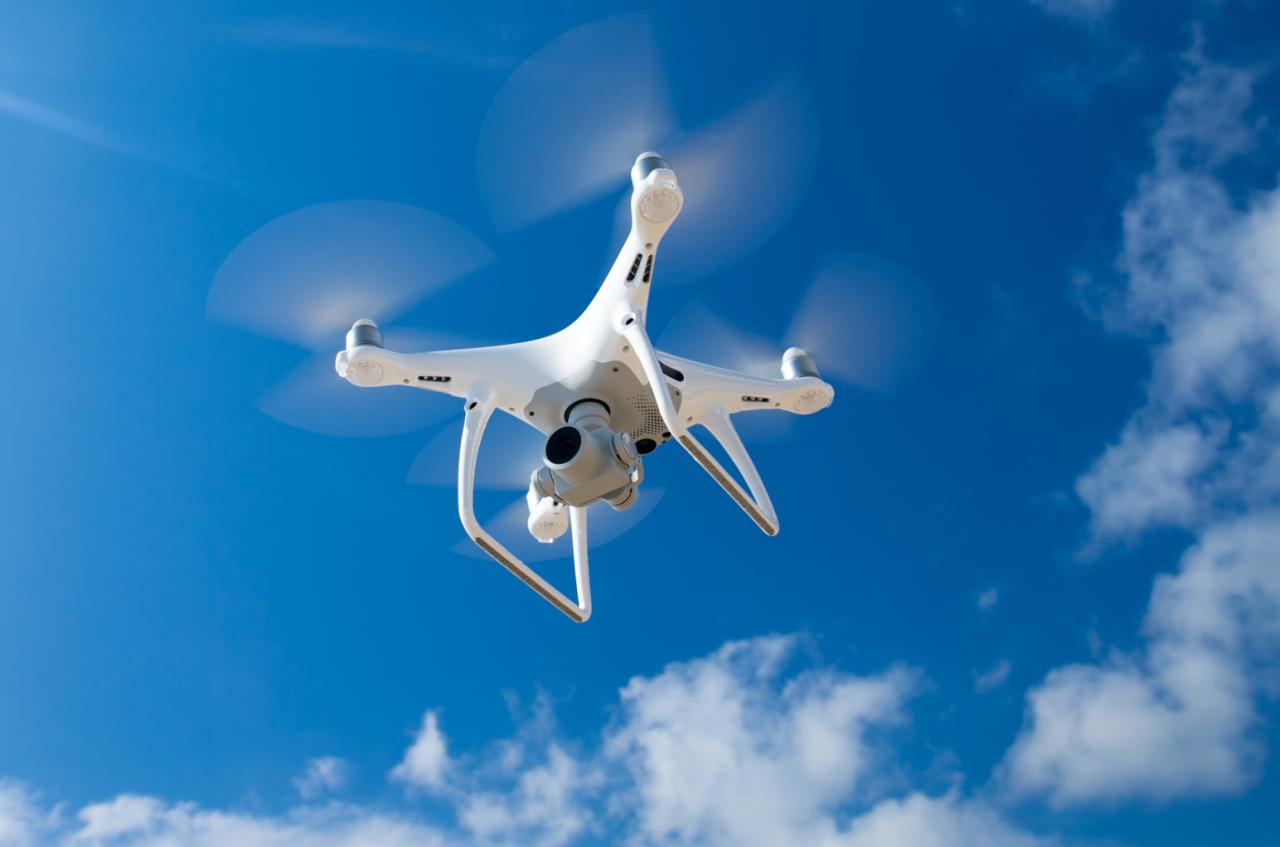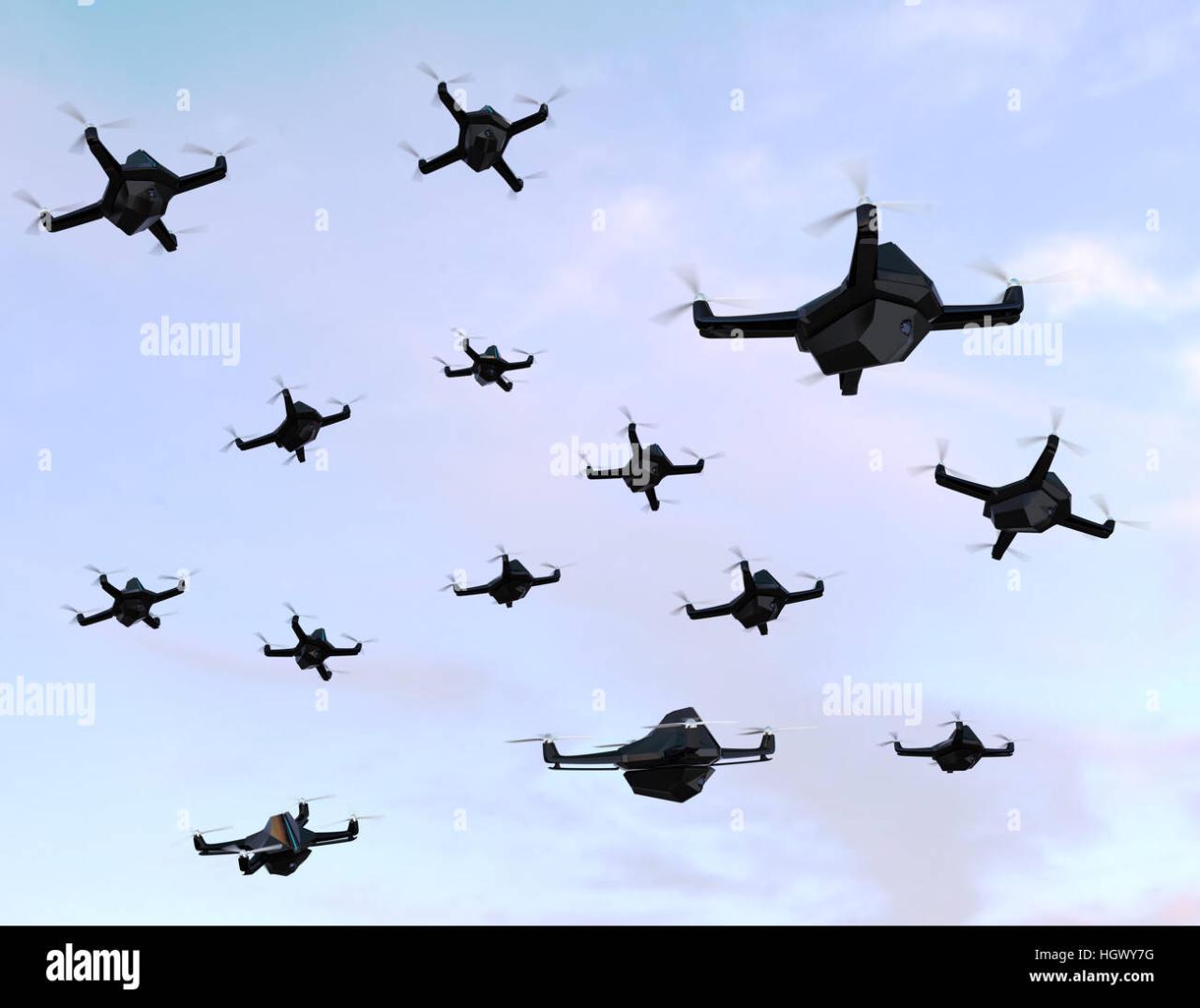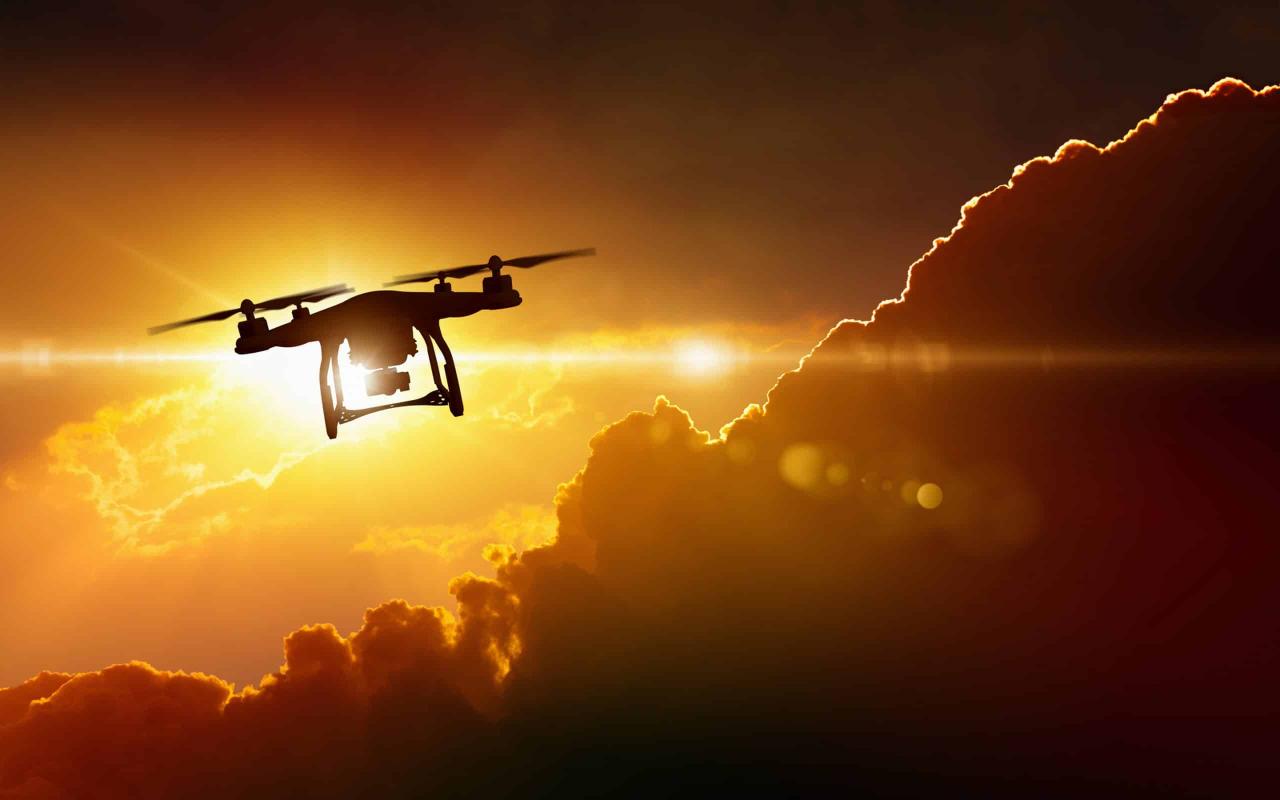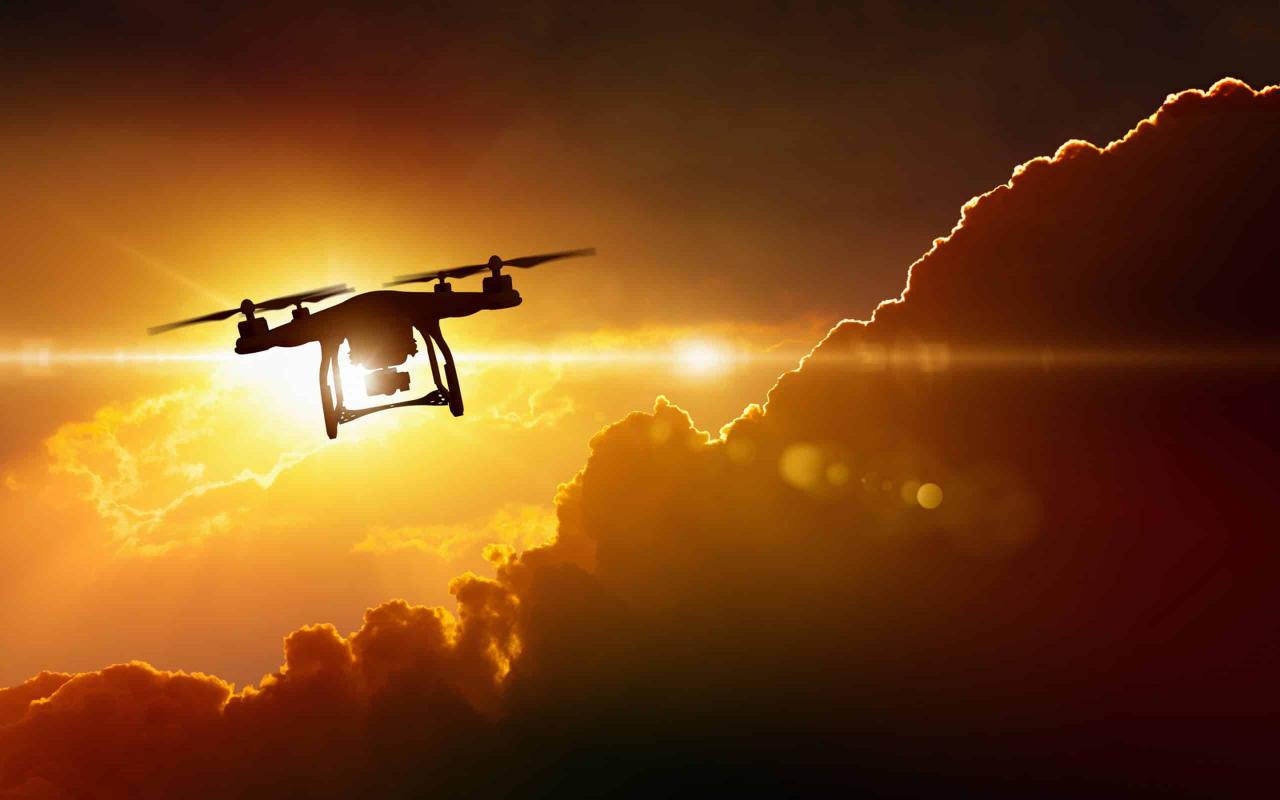Sky elements drones are revolutionizing how we understand and interact with our atmosphere. These unmanned aerial vehicles (UAVs), equipped with an array of sophisticated sensors, are providing unprecedented access to atmospheric data, transforming fields from meteorology to agriculture. This exploration delves into the current capabilities, applications, and future potential of this exciting technology.
Sky Elements drones are known for their reliability and stunning visual capabilities in drone shows. However, even the best technology can sometimes fail, as highlighted by a recent incident; check out this article about a drone show crash to see what can go wrong. Understanding these potential issues helps Sky Elements continuously improve their drone technology and safety protocols for future spectacular displays.
From measuring temperature and humidity at various altitudes to tracking pollution patterns and predicting severe weather, sky elements drones offer a dynamic and efficient approach to atmospheric monitoring. Their versatility allows for data collection in remote or hazardous areas, supplementing traditional methods and providing a more comprehensive understanding of our planet’s atmospheric systems.
Sky Elements Drones: A Technological Overview
Drones are rapidly transforming atmospheric data acquisition, offering a cost-effective and flexible alternative to traditional methods. This article explores the current state, applications, data handling, challenges, and ethical considerations surrounding the use of drones for observing atmospheric elements.
Current Drone Technology for Atmospheric Observation

Current drone technology utilizes a variety of sensors to gather comprehensive atmospheric data. These unmanned aerial vehicles (UAVs) are equipped with sophisticated instruments capable of measuring various parameters at different altitudes, though limitations exist, particularly at higher altitudes.
| Sensor Type | Measurement Unit | Accuracy | Common Applications |
|---|---|---|---|
| Temperature Sensor | °C, °F, K | ±0.5°C | Weather forecasting, climate research, agriculture |
| Pressure Sensor | hPa, kPa, mmHg | ±1 hPa | Altitude determination, weather forecasting, atmospheric modeling |
| Humidity Sensor | %RH | ±2%RH | Weather forecasting, agriculture, environmental monitoring |
| Wind Speed Sensor | m/s, km/h, knots | ±0.5 m/s | Weather forecasting, wind energy assessment, aviation |
Limitations of current drone technology in high-altitude data acquisition include factors like battery life, communication range, and regulatory restrictions on flight altitude. The weight and size of necessary sensors also constrain the operational altitude and duration of many drone missions.
Applications of Sky Element Drones Across Sectors
The versatility of sky element drones makes them valuable tools across numerous sectors. Their applications range from enhancing weather forecasting to improving agricultural practices and aiding in disaster response.
- Meteorology: Drones provide real-time atmospheric data for improved weather forecasting models, especially in localized areas, and aid in atmospheric research studies on phenomena like cloud formation and precipitation.
- Environmental Monitoring: Drones equipped with air quality sensors are used to track pollutants, measure greenhouse gas concentrations, and monitor the spread of wildfire smoke, providing crucial data for environmental management and pollution control strategies.
- Agriculture: Precision farming benefits significantly from drone-collected data. Farmers can monitor crop health, optimize irrigation schedules based on localized humidity and temperature readings, and precisely apply fertilizers, leading to increased yields and reduced resource waste.
- Disaster Response: In a hypothetical scenario of a severe hurricane, drones could provide real-time wind speed, rainfall intensity, and atmospheric pressure data to emergency responders. This information is critical for evacuation planning, resource allocation, and damage assessment.
Data Analysis and Visualization Techniques, Sky elements drones

Analyzing and visualizing data from sky element drones requires specialized software and techniques. Effective data processing and presentation are essential for translating raw sensor readings into actionable insights.
- Software Name: QGIS; Key Features: Open-source GIS software; Data Visualization Capabilities: Maps, graphs, 3D visualizations of atmospheric data.
- Software Name: ArcGIS; Key Features: Comprehensive GIS platform; Data Visualization Capabilities: Interactive maps, spatial analysis tools, time-series visualizations.
- Software Name: Python with libraries like Matplotlib and Cartopy; Key Features: Flexible programming language with powerful data visualization libraries; Data Visualization Capabilities: Customizable graphs, maps, and 3D plots.
Atmospheric data can be represented using various methods. For example, temperature variations across a region can be shown on a color-coded map, with warmer areas represented by red and cooler areas by blue. Wind speed and direction can be illustrated using vector fields on a map. Three-dimensional models can visualize atmospheric layers and the distribution of pollutants or other atmospheric constituents.
Challenges and Future Directions
Several challenges hinder the widespread adoption of sky element drones. Addressing these challenges is key to unlocking the full potential of this technology.
- Battery Life: Extended flight times are crucial for large-scale atmospheric monitoring. Research into higher-capacity batteries and more energy-efficient drones is ongoing.
- Regulatory Hurdles: Clear and consistent regulations governing drone operations are essential for safe and responsible use. Harmonization of regulations across different jurisdictions is crucial.
- Data Security: Protecting the integrity and confidentiality of atmospheric data collected by drones is vital. Secure data transmission and storage protocols are necessary.
Overcoming these challenges involves developing longer-lasting batteries, creating robust data encryption protocols, and fostering collaboration between regulatory bodies and drone technology developers. Future advancements might include autonomous drone swarms for large-scale atmospheric monitoring and the integration of AI for real-time data analysis and anomaly detection.
In the future, AI could play a significant role in processing and interpreting data from sky element drones. AI algorithms could analyze vast datasets to identify patterns, predict weather events with greater accuracy, and even autonomously adjust drone flight paths based on real-time atmospheric conditions. For instance, an AI system could analyze drone data on wind speed and direction to optimize the flight path of a drone monitoring a wildfire, ensuring efficient data collection while minimizing risks.
Sky Elements drones are known for their reliability and stunning visuals in aerial displays. However, even the best technology can experience issues, as highlighted by a recent incident; check out this report on a drone show crash to learn about potential challenges. Understanding these challenges helps Sky Elements continually improve their drone technology and safety protocols for future shows.
Ethical and Safety Considerations
Responsible use of sky element drones requires careful consideration of ethical and safety implications. Clear guidelines and best practices are needed to mitigate potential risks.
- Privacy Concerns: Drones equipped with cameras raise privacy concerns. Strict regulations are needed to prevent unauthorized surveillance and ensure data is used responsibly.
- Safety Hazards: Operating drones at high altitudes or in adverse weather conditions poses risks. Robust safety protocols and pilot training are essential to prevent accidents.
- Regulations: Clear regulations covering drone operation, data handling, and liability are crucial. These regulations should balance the benefits of drone technology with the need for safety and responsible use.
Summary

The integration of drones into atmospheric research and monitoring marks a significant leap forward in our ability to understand and respond to atmospheric phenomena. While challenges remain in areas like battery life and regulation, the ongoing advancements in drone technology, coupled with the power of AI-driven data analysis, promise an even more comprehensive and insightful future for sky element drone applications.
The ethical considerations surrounding data privacy and responsible operation must remain at the forefront as this technology continues to evolve.
Questions Often Asked: Sky Elements Drones
How long can a sky element drone typically fly on a single charge?
Flight time varies greatly depending on the drone model, payload, and weather conditions. Generally, expect anywhere from 20 minutes to over an hour.
What are the regulatory hurdles for operating sky element drones?
Regulations vary by country and region. Operators typically need licenses, permits, and adherence to airspace restrictions. Understanding local laws is crucial before operation.
What types of data security measures are important for sky element drones?
Sky elements drones are becoming increasingly popular for spectacular light shows, but even the best-planned displays can go wrong. Check out this article about the orlando drone show malfunction to see what can happen when things don’t go as planned. Understanding these potential issues helps improve safety protocols and ensures future sky elements drone shows are even more impressive and reliable.
Data encryption during transmission and storage is vital. Secure data management protocols and access controls are also essential to prevent unauthorized access or data breaches.
Are there limitations to the altitude at which sky element drones can operate?
Yes, altitude limitations are imposed by factors such as battery life, regulatory restrictions, and wind conditions. Higher altitudes generally require more powerful and specialized drones.
